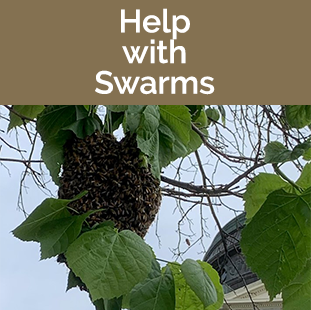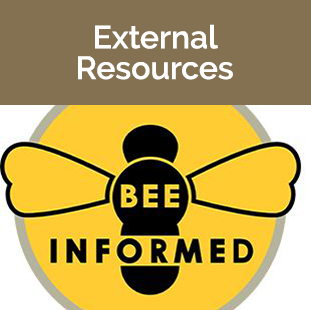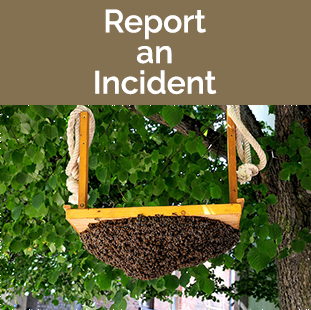Apiaries (Honey bees)

Montana typically ranks in the top five states in the U.S. for honey production. The department registers all apiary sites in the state.
Two excellent online resources for beekeepers are the USDA Agricultural Research Service Bee Research Laboratory and BeeInformed.org.
You may also be interested in:
- Montana Department of Agriculture Guidelines for the Protection of Honey bees from Insecticide Applications
- Montana Managed Pollinator Protection Plan (PDF)
There are four types of apiary registrations:

- General (Commercial): An apiary placed by permission on someone's property. All general apiaries must be 3 miles from the next general site of another registered beekeeper. This is to prevent the spread of diseases and pests from apiary to apiary and to limit the over-exploitation of pollen and nectar resources by foraging honey bees.
- Pollination: An apiary established for the pollination of commercial seed, fruit, or other commercial crop dependent on bee pollination. Pollination sites and not subject to the 3 mile buffer-zone requirement, but are limited in size and are established only for the period in which pollination provides a benefit to the specific crop. Bees must not be in place until the crop is blooming, and must be removed afterwards.
- Landowner: An apiary that is registered to the owner of the land the apiary site is established on. There is no buffer-zone requirement or limit on the total number of hives that can be registered.
- Hobbyist: An apiary placed by permission on someone's property and limited to not more than 5 hives per individual or 10 per household. There is no minimum distance required between hobbyist apiaries.











